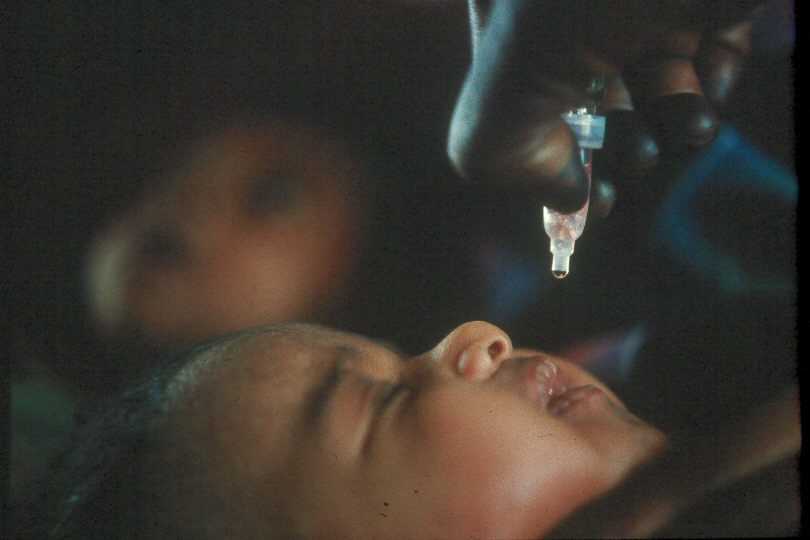What CDC Is Doing to Eradicate Polio
“We need everyone’s commitment and creativity to eradicate polio and cross the finish line. Disease eradication is the ultimate in sustainability because once a disease is eradicated it is gone forever for everyone. It is not going to be easy, but together we can do this.”
— Dr. Tom Frieden, Director, Centers for Disease Control and Prevention
See also the Updates on CDC's Polio Eradication Efforts.
CDC is a strategic partner in the overall effort to eradicate polio worldwide. CDC provides scientific expertise to many polio eradication programs and activities:
- Global Immunization Division (GID) staff members work jointly with WHO and national Ministries of Health to plan and monitor polio surveillance and immunization activities in multiple countries worldwide.
- GID also supports other eradication projects such as conducting epidemiologic and vaccine efficacy studies and performing operational research for supplemental immunization activities.
- The Polio and Picornavirus Laboratory in CDC’s Division
of Viral Diseases serves as a WHO Global Specialized Laboratory and provides technical and programmatic assistance to the global polio laboratory network overall. CDC’s labs provide critical diagnostic services and genomic sequencing of polioviruses to help guide disease control efforts in many countries. In 2014, this included support for implementation of improved laboratory procedures that have increased sensitivity to detect and confirm new polio infection. Other new laboratory procedures are helping countries overcome specific operational challenges, enable more rapid detection of wild poliovirus (WPV), and allow for faster response to importations or spread of virus. Additional efforts include technical assistance to laboratories implementing environmental surveillance for polio detection. - Stop Transmission of Polio (STOP) team members have participated in 3 and 5-month assignments in 66 countries, providing 100-300 person-years of support at the national and sub-national levels. In 2013 alone, the STOP program assigned 342 professionals to 66 countries to improve surveillance for acute flaccid paralysis (AFP, an early sign of possible polio) and to help plan, implement, and evaluate vaccination campaigns in partnership with WHO.
- Country support through deployment of personnel and other resources.
- Page last reviewed: January 31, 2013
- Page last updated: January 31, 2013
- Content source:


 ShareCompartir
ShareCompartir
 Since 1999, more than 2000
Since 1999, more than 2000